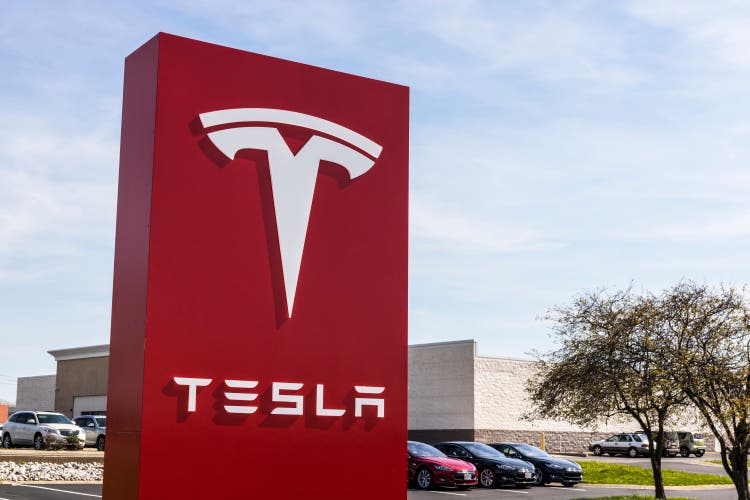India’s manufacturing sector just clocked its strongest month in over 17 years, with production in August surging on the back of solid domestic demand. But even as factories ramp up output and hiring continues, a new challenge is emerging, steep U.S. tariffs on Indian exports that could weigh on growth in the months ahead.
Data released Monday showed the HSBC India Manufacturing Purchasing Managers’ Index (PMI) rising to 59.3 in August its highest reading since February 2008. While slightly below an early estimate of 59.8, the figure remains well above the 50-mark that separates growth from contraction.
Domestic Demand Keeps the Wheels Turning
The upbeat PMI print comes just days after official data showed India’s economy grew 7.8 per cent in the April–June quarter — outpacing expectations and reinforcing the recovery narrative.
Manufacturing output jumped 7.7 per cent year-on-year during the same period, up from 4.8 per cent in the previous quarter, reflecting rising consumer demand and a rebound in investment.
“August saw another strong month for manufacturers,” said Pranjul Bhandari, chief India economist at HSBC. “Production grew rapidly, and domestic orders remained firm — a sign that local demand is doing the heavy lifting, even as export momentum softens.”
Export Orders Take a Hit as U.S. Tariffs Kick In
The optimism, however, is tempered by concerns over trade. The U.S. government recently imposed 50% tariffs on a range of Indian exports, including garments, gems and jewellery, footwear, furniture, and chemicals — sectors that have traditionally supported millions of jobs.
While overall orders stayed strong, the growth in new export orders slowed in August, marking the weakest pace in five months. Some manufacturers pointed to hesitation from U.S. buyers amid tariff uncertainty, though demand from other regions — including Asia, Europe, and the Middle East — helped offset the decline.
Hiring Continues, But Input Costs Are Rising
Factories continued to hire, marking the 18th straight month of job gains, but the pace of recruitment eased to its lowest since November last year. Still, employment remains comfortably above long-term averages, supported by consistent demand.
At the same time, input costs climbed to a three-month high, with firms reporting higher prices for steel, electronics, minerals, leather, and bearings. Many companies passed these costs on to customers, leading to a sharp rise in output prices — a trend that could stoke inflation if it continues.
Buying Activity and Confidence Rebound
To keep up with demand, manufacturers boosted purchases at the fastest pace in 16 months, aiming to rebuild inventories. Business confidence also recovered in August after dipping to a three-year low in July, with many firms betting on continued resilience in domestic consumption to power growth.
With manufacturing making up about 17 per cent of India’s GDP, the sector’s momentum will be closely watched in the quarters ahead. While the latest numbers point to a solid revival, the global backdrop — particularly U.S. trade policy — could be a wild card.

 2 hours ago
1
2 hours ago
1







![[B-SIDE Podcast] The importance of COD for small businesses](https://www.bworldonline.com/wp-content/uploads/2025/09/B-Side-ART-COD.jpg)








 English (US) ·
English (US) ·